Since 2008, CPR has been working hard to expose the reality of horse racing and in turn apply pressure to the industry to make changes for the horses involved. Through investigations, public awareness campaigning, lobbying and protests the following achievements have been made. There is still much work to be done but we are proud of these achievements and are 100% committed to achieving much more in the coming years.
Demise of the Oakbank Jumps Carnival
The once infamous Easter Oakbank Jumps Carnival held over 2 days, attracted a crowd of 120,000 people 10 years ago. Since CPR has been in attendance at the Carnival, and exposing the high death toll in jumps racing, the numbers have dwindled to less than 30,000. The SA public have voted with their feet by not attending and as a result, the carnival has been losing money for several years.
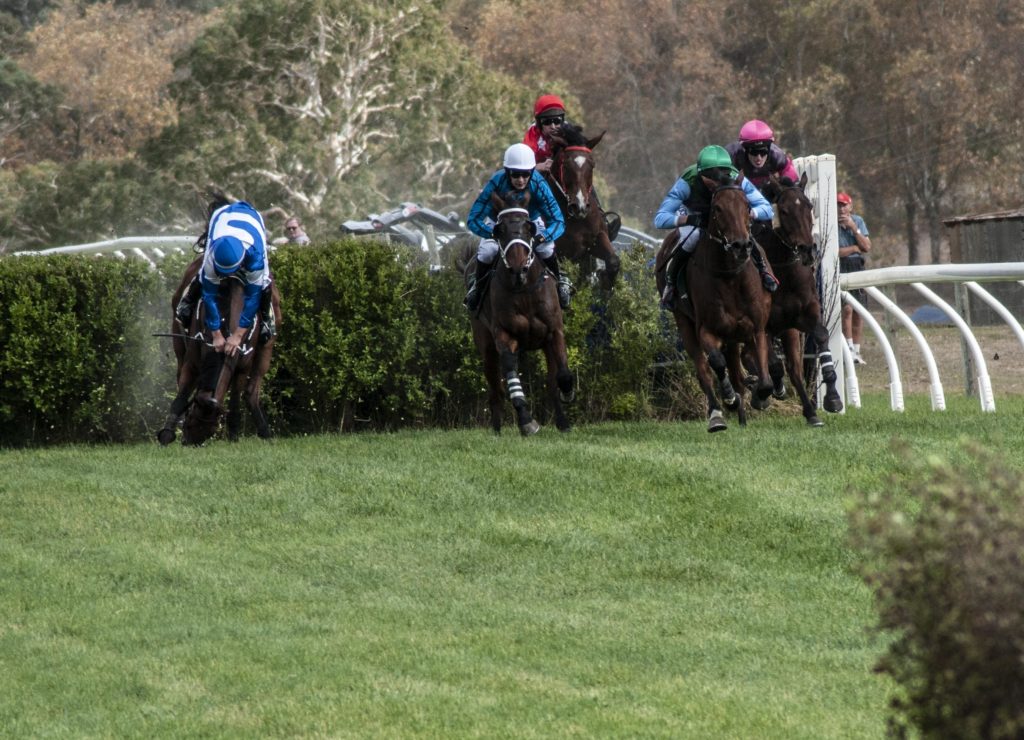

The rise of “Nup to the Cup” events
CPR held its inaugural “Nup to the Cup” event back in 2010 on Melbourne Cup day. It was attended by 40 supporters who were bravely defiant against an Australian institution- The Melbourne Cup. Today, “Nup to the Cup” events aka “F#ck the Cup” events are being held around the country in protest of the animal cruelty perpetrated on not only racehorses, but all animals. It’s now a day that true animal lovers use to raise money for their favorite animal charities while snubbing the Melbourne Cup.
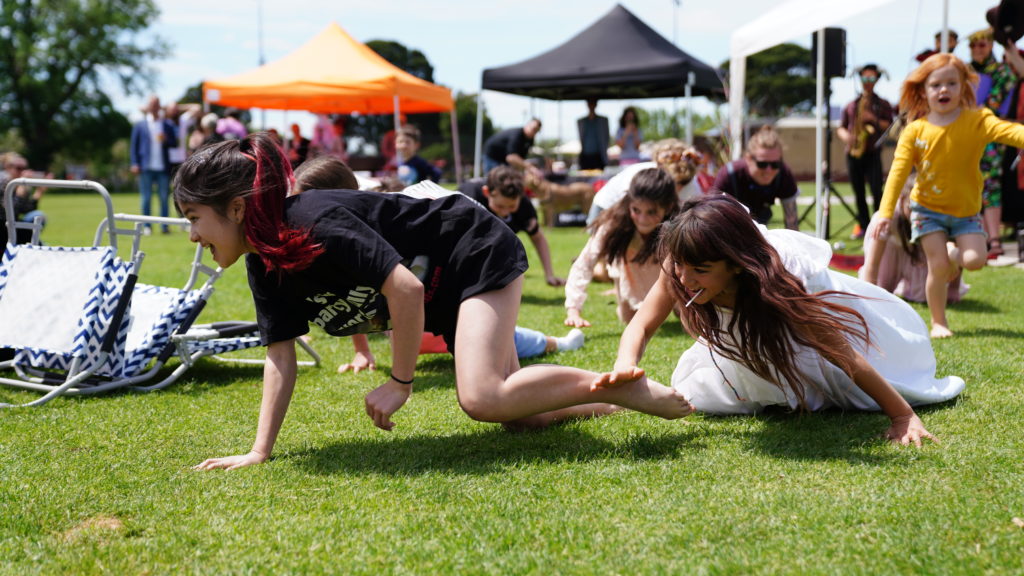
The fall in attendance figures at the Melbourne Cup Carnival
In the last 13 years attendance figures to the iconic racing carnival have plummeted from 418,069 in 2006 to 276,186 in 2019. A drop of 34%[i] during a time of very high population growth in Melbourne’s history. The main cause seems to be a growing awareness of the cruel reality of horse racing.
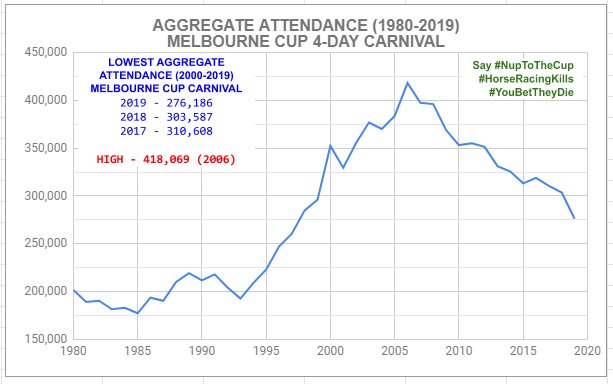
Fall in breeding numbers
Breeding numbers peaked in 2006 when 18,758 horses were bred for racing. Since then, there has been a steady decline with 12,898 horses bred in 2018. Many former racing industry participants, including several trainers, have contacted CPR and advised they were turning their back on racing after being forced to face the reality of their industry. This indicates growing awareness has definitely played a significant role in this decline.
Implementation of a retirement form and industry funded retirement programs in Vic and NSW
A step in the right direction however there is still much work to be done.
The slaughter of racehorses exposed
The routine slaughter of racehorses was once a well-kept secret. CPR investigators have for years been making the racing industry accountable by exposing the ruthless killing of racehorses for pet meat and even human consumption (known as ‘Wastage’). The industry categorically denied this practice for many years, until now. In October 2019, with the help of CPR investigators, ABC’s 7:30 exposed the brutal routine slaughter of approximately 4,000 thoroughbred horses in one slaughterhouse alone. Watch here. Meramist Abattoir in Caboolture QLD was the subject of a 2 year-long investigation and its findings not only sent shock waves across the Australian public, throwing the racing industry into turmoil just days before the Spring Carnival, it also resulted in a government Inquiry into animal cruelty in the management of retired thoroughbred and standardbred horses in Queensland. The resulting 94-page document unsurprisingly revealed damning evidence of an industry and government at both the state and national level that is failing both horses used by the racing industry and animal welfare in general miserably. 55 recommendations were made, all of which have been accepted by the QLD state government in full, in part, or in principal. The challenge now will be ensuring the QLD and other authorities live up to their commitments. Read our summary and response to the inquiry here.
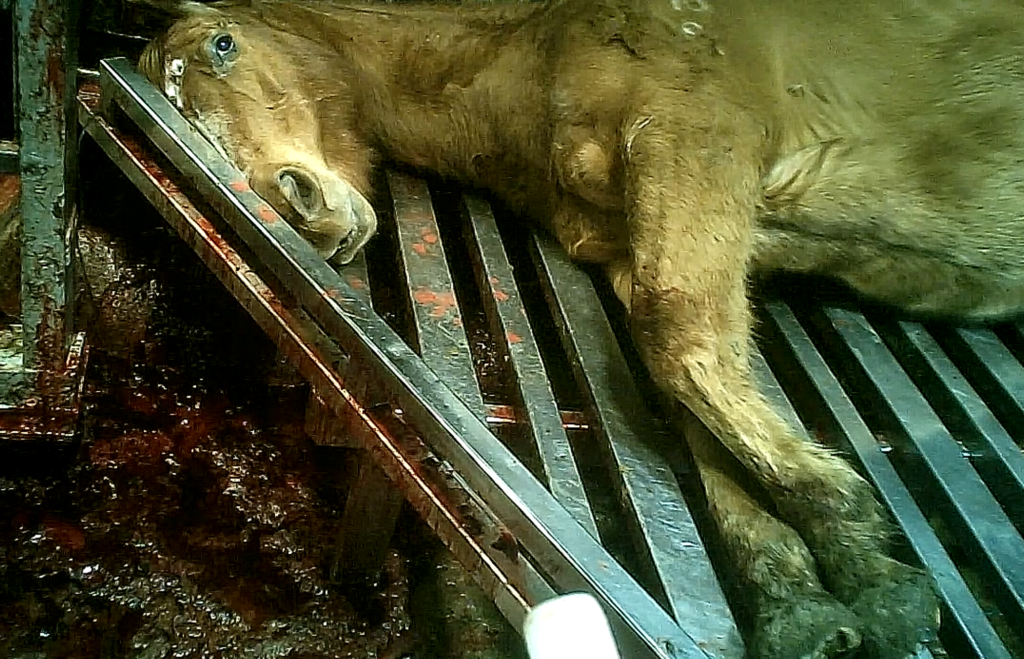
CPR’s investigative work over the years has ensured it is now common knowledge that the majority of racehorses are sent to slaughter when not wanted. The term ‘wastage’ has become a household word by repeatedly highlighting that the only sure bet is horseracingkills!
CPR in New Zealand
CPR is now active in New Zealand with satellites in Auckland, Wellington and Whangunui. Racetrack demonstrations are frequent and have been successful in achieving local media, drawing much needed attention to the issues of horse racing in New Zealand. We are in communication with New Zealand Thoroughbred Racing administrators drawing attention to the serious welfare concerns we have and making them accountable.
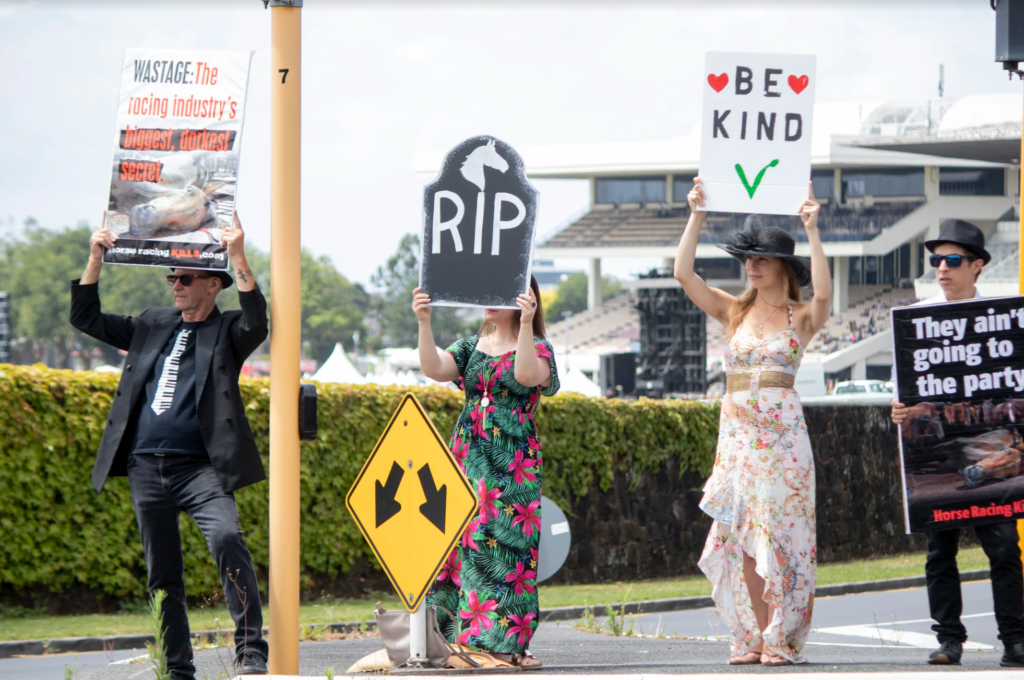
Whip rule changes
Made in both 2009 and 2015, with the industry citing this as a response to our campaign and ‘public concern’ for the welfare of animals. This is not enough. The whip is a tool designed to inflict pain and scare the horse into running faster. We are currently working on a plan to have the whip banned from racing altogether. With growing concern about the image of horseracing, it is inevitable that the whip will be banned in the not to distant future.
A huge shift in public perception
The racing industry once enjoyed a very enviable reputation for being glamorous – attracting celebrities and society ‘elites’. Today many celebrities are choosing to not associate themselves with horse racing for both their careers sake but also for ethical reasons. Some celebrities are even very publicly speaking out against horse racing. The 2019 Spring Carnival saw Taylor Swift, Megan Gale and Lana Condor all cancel their engagements with the event.
Whistleblowers speaking out
Racing industry participants are starting to speak out and echo the same calls for reform that CPR have been making for years. We are contacted on a regular basis and are now seen as the voice whistleblowers can turn to when racing administrators and stewards fail to take action. For more information, go to our whistleblower page here.
National Equine Traceability Register
An essential part of ensuring horses are properly protected is by making their whereabouts known and their owners accountable. In 2019 Greens Senator Mehreen Faruqui set up a Senate Inquiry that recommended a register be established to protect not only racehorses, but all horses. CPR were actively involved in this process, making a submission and attending parliament to give evidence to the committee. You can read CPR’s submission here. In February 2020 the federal government announced the recommendations would be implemented (see all related documents here.) There’s no doubt that the 7.30 story, “The Final Race” (watch here) played a huge role by exposing the mistreatment of racehorses. The Traceability Register means that every racehorse will be traceable at any time meaning that every owner will be made accountable. More here.
Stewards attending horse sales
In Victoria, where CPR is based, Racing Victoria now has stewards attending major horse sales including the Echuca sales, the biggest horse sale in the country. Where once it was routine that thoroughbreds and standardbreds would be bought by a kill buyer for just a few hundred dollars, many horses are now being saved. In the last 10 years many rescue groups have also been formed who are basically cleaning up the racing industry’s mess. Though they are doing great work and saving the lives of many horses who would otherwise be killed, it is ultimately the racing industry’s responsibility and they need to be made accountable.
The Future
Though we are very proud of our achievements to date, there is still so much work to be done. In fact we’ve only just got going. And we have the racing industry that will always fight back. Their multi-million dollar budgets allow them to cleverly re-brand themselves and find new ways to attract people to the races. It is our job to make sure the other side of the story is told and the truth continues to be exposed. We will continue to fight for these horses until justice prevails.


Thank you to all of you who are improving the life of racehorses, reducing the popularity of racing and reducing the cruelty. I am glad to become a supporter in my small way.